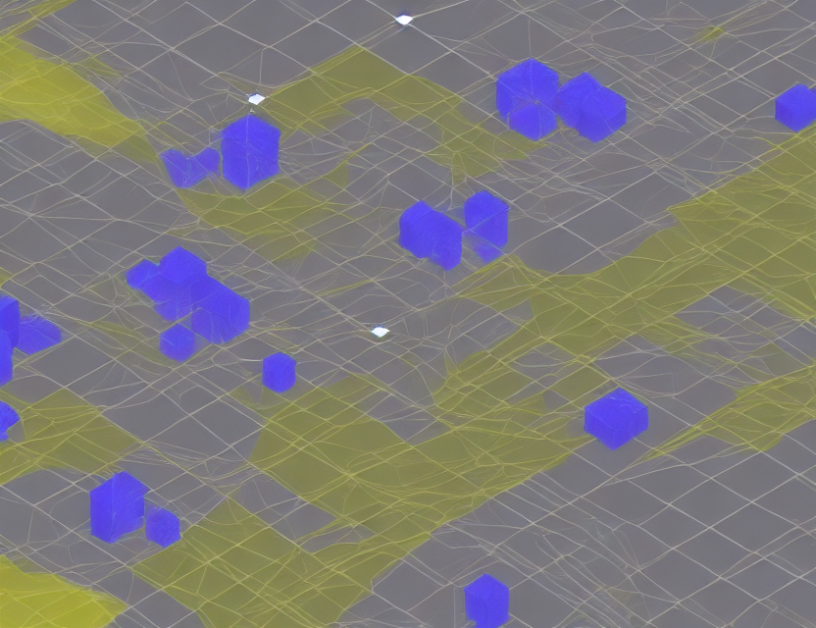The Virtual Element Method (VEM) is a numerical technique used to solve partial differential equations (PDEs). In this article, the authors propose a novel approach that combines VEM with deep learning, called the Virtual Element Neural Network (VENN). The main idea is to use a neural network to approximate the solution of the PDE instead of traditional basis functions.
To understand how VENN works, let’s first break down the traditional VEM formulation. Imagine you have a polygon in a 2D space, and you want to find the solution of a PDE within that polygon. The VEM method splits the polygon into smaller elements, called virtual elements, which are then approximated using basis functions. These basis functions are computed using the coordinates of the vertices of the element.
Now, in VENN, we replace these basis functions with a neural network that takes as input the coordinates of the vertices of each virtual element and outputs an approximate solution to the PDE. The neural network is trained using a set of training data generated from the PDE solution. This approach allows for a more flexible and adaptive approximation of the solution, as the neural network can learn the complex patterns in the solution.
The key advantage of VENN is its ability to handle complex geometries and non-standard boundary conditions. Traditional numerical methods often struggle with these issues, but VENN can easily accommodate them by simply adjusting the architecture of the neural network. This makes it a powerful tool for solving PDEs in challenging domains.
In summary, VENN is a novel approach that combines the accuracy of traditional numerical methods with the flexibility and adaptability of deep learning. It has the potential to revolutionize the field of computational mathematics by providing a more efficient and effective way to solve complex PDEs.
Mathematics, Numerical Analysis
Stabilization-Free Virtual Element Methods for Solving Nonlinear Problems



